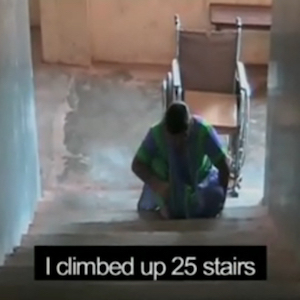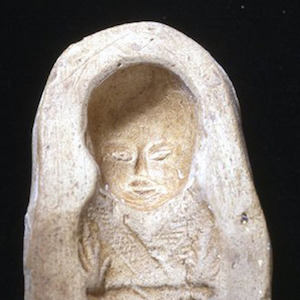Asia

Custom of Cutting the Topknot in Thailand
The custom described in the text by Phya Anuman Rajadhon is presented as it was traditionally practiced in Central Siam. The head of an infant was shaven as part of the khwan ceremony celebrating its survival and welcoming into the family.

Traditional and Modern Primary Education in Thailand
The image shows the reverse of a Thai 100-baht banknote, with engravings of of King Chulalongkorn and King Vajiravudha statues. The banknote's background theme is education.

Young Voices on Disability, India
Yellamma Gangadhar is a young woman who relies on a wheelchair for mobility. Her film tells the story of abandonment by her parents at a bus station in Bangalore, India, subsequent help from the Leonard Cheshire home in the city, and the college education she acquired with great difficulty.

Operation Babylift
These photographs were taken on April 5, 1975 on one of the Pan Am passenger planes that airlifted Vietnamese orphans and Amerasian children of American servicemen and Vietnamese women for Operation Babylift.

Terakoya vs. Meiji School
Contrary to impression left by document #2, schools for commoners were plentiful prior to the Meiji Restoration in 1868.

Mencius and his Mother: A Lesson Drawn from Weaving
This illustration depicts a scene from the Traditions of Exemplary Women (Lienü zhuan) of Liu Xiang (ca. 77-6 BCE), one of China's first didactic texts on feminine morality. The text to this story is provided below the illustration. The story recounts the upbringing of Mencius (ca.

The Boy Prodigy: Xiang Tuo
These two images from the Later Han dynasty (2nd century CE) depict the most famous child in early Chinese literature, Xiang Tuo (pronounced She-Ang Too-o).

Earthenware Mold of a Swaddled Child
The earthenware mold for casting a figurine of an infant was found in Tangyangu China, and is likely dated to between 960 and 1279 CE, during the Song dynasty. The mold measures 3.2 inches long, and belongs to a collection of molds depicting men, women, and animals.

Ayyubid and Ottoman Architecture
In the Islamic world, women were able to own and control their own property at a time when Christian women in Europe were unable to do so. Many wealthy women endowed public buildings as a mark of their piety.

Sati Engraving, Burning a Hindoo Widow
Toward the end of the 1700s, the evangelical movement in Britain argued that one’s commitment to Christ should be reflected in action, primarily the effort to end slavery in the British empire and to proselytize or seek converts among the “heathen.” Initially, the English East India Company had p